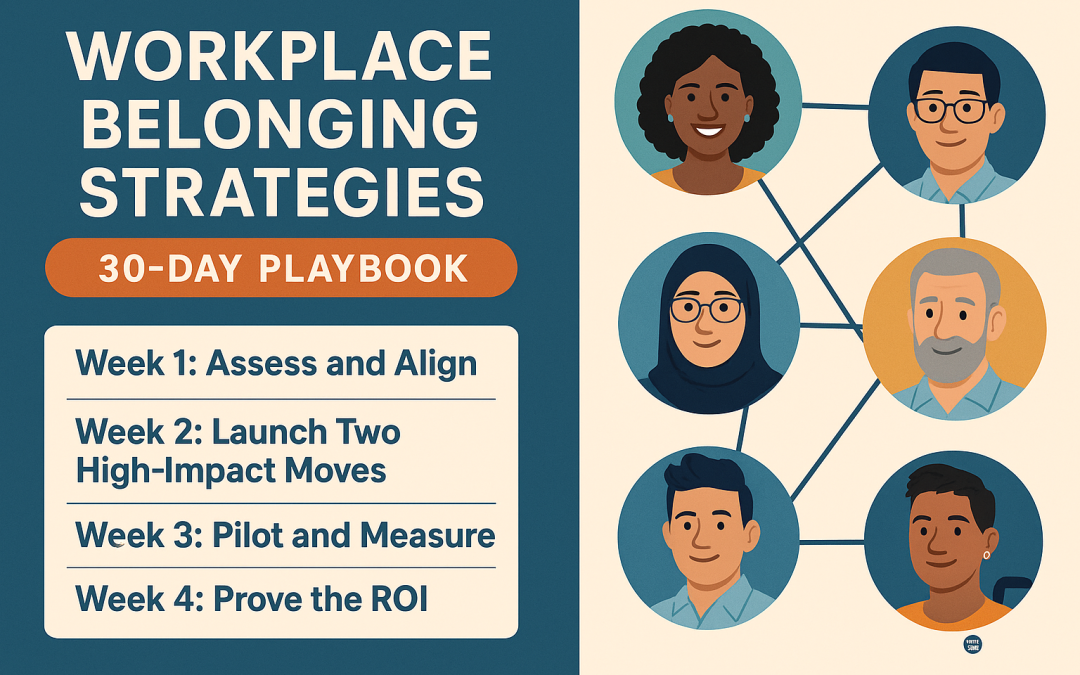The ROI of Workplace Belonging
Belonging is no longer a “culture issue.” It’s a performance issue.Organizations struggling with disengagement, burnout, and turnover don’t have a motivation problem.
They have a leadership systems problem.I’m Dr. Rick Goodman, leadership keynote speaker and author of
The Solutions-Oriented Leader. For more than 30 years, I’ve helped organizations build
cultures where people feel valued, accountable, and committed — and where performance follows.→ Explore Leadership Keynotes & Workshops
Why Workplace Belonging Matters Now
Belonging is the difference between employees who comply and employees who commit.
When people feel respected, heard, and included, they bring more energy, creativity,
and ownership to their work.When they don’t, stress rises, trust erodes, and engagement collapses.This is why belonging is directly connected to employee stress and burnout
.
The Measurable ROI of Belonging
- Higher employee engagement
- Lower turnover and replacement costs
- Stronger collaboration and trust
- Improved productivity and performance
Workplace belonging isn’t about comfort. It’s about creating the conditions
where people can perform at their best — consistently.
Belonging Starts With Leadership
Leaders shape belonging through:- Clear expectations
- Consistent accountability
- Respectful communication
- Psychological safety
During disruption, belonging erodes quickly unless leaders practice adaptive leadership, creating stability, trust, and clarity when the environment is changing.This is a core principle of solutions-oriented leadership
.
- Listen without defensiveness
- Address issues instead of avoiding them
- Recognize effort and contribution consistently
- Hold people accountable with respect
Belonging grows when leaders model the behavior they expect.
How I Help Organizations Build Belonging
I work with organizations through:- Leadership keynotes
- Executive workshops and retreats
- Targeted consulting and coaching
Each engagement is designed to strengthen leadership,
reduce friction, and increase engagement.→ Start the Conversation
